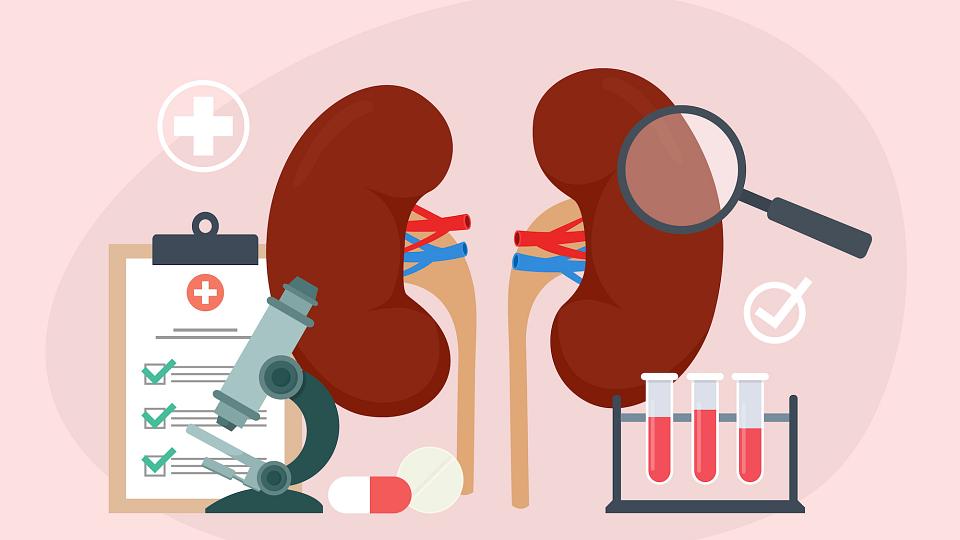
Norman Long was 74 years old when he started dialysis in November 2021.
Long, a diabetic, continued on dialysis for nearly two more years before his wife Sharon began reaching out to friends and family on social media. It was official: Long needed a kidney transplant, and the fastest way for him to get one was through a living donor.
The search for a compatible donor began. Neither of Long’s children – a son and a daughter – would be able to donate.
What came next is still a little hard for the Longs to believe. A family member Long didn’t know existed volunteered to donate his kidney.
In January 2024, Long got a notification in his MyChart that a potential living donor was traveling to Utah for further compatibility testing. Come to find out, Long had a nephew he didn’t know anything about. Not only that, but this nephew, Chris Cox, wanted to see if he could donate his kidney to Long.
“I didn’t know that my sister had been corresponding with a nephew from another sibling who I didn’t even know existed,” said Sharon. “But apparently she had been corresponding with Chris for a few years when she passed along my social media post, and he saw it.”
Cox decided that he wanted to donate his kidney to Long

Although testing revealed he wasn’t a match for Long, he decided to join the paired kidney exchange program.
“Even though Chris wasn’t a match, he could still help his uncle get the kidney he needed through kidney exchange program,” said Sharon.
U of U Health is part of the National Kidney Registry and the Alliance for Paired Kidney Donation. Being involved in these programs expands the donation pool so that every transplant patient is matched with the most compatible living donor.
Paired kidney exchange can be done internally, meaning patients are matched with a donor/recipient pair within the U of U Health program.
If there aren’t any compatible pairs, kidney exchanges and pair donations can be done externally by partnering with local centers or national pair exchange programs to see if there is a more ideal donor somewhere else in the country.
Because Long and Cox weren’t a match the search continued through the paired kidney exchange program. Long matched with a living donor on the East coast, and Cox matched with a transplant recipient on the East coast.
Both Long and Cox had surgery at University of Utah Hospital a few weeks apart.
Dr. Motaz Selim just happened to lead both surgeries
Motaz Selim, MD, is a transplant and hepatobiliary surgeon who specializes in liver, kidney, and pancreas transplantation and surgical critical care.
Selim has been a transplant surgeon for more than a decade, but Long’s situation stands out for him because of the way everything came together.
“It’s very difficult for someone like Norm, who is in their late seventies, to get a kidney,” said Selim. “It puts them in a difficult position if there are no live donor options, not knowing how long they will have to wait.”
For those waiting for a kidney transplant, the average waitlist time is three years.
“The main concern with Norm was that he may be too sick before a kidney became available through the waitlist,” said Selim.
For Long and others like him, this is where a live donor becomes the lifesaving option.
“Finding that long lost relative who was willing to donate was exciting for everyone to see,” said Selim. “And knowing that this relative’s kidney was donated to an infant on the East coast is also very exciting.”
On September 4, 2024, Long received a new kidney from his living donor. Selim performed the surgery. Just one month later, on October 2, Long’s nephew Cox traveled to Salt Lake City so they could meet.
Since surgery, Long has been doing well overall. He and his wife Sharon have returned to their home to Sandpoint, Idaho, and are happy they have been able to share their experience.
“Why share this story? Because it’s so unusual,” said Sharon. “You never know how things are going to work out.”


